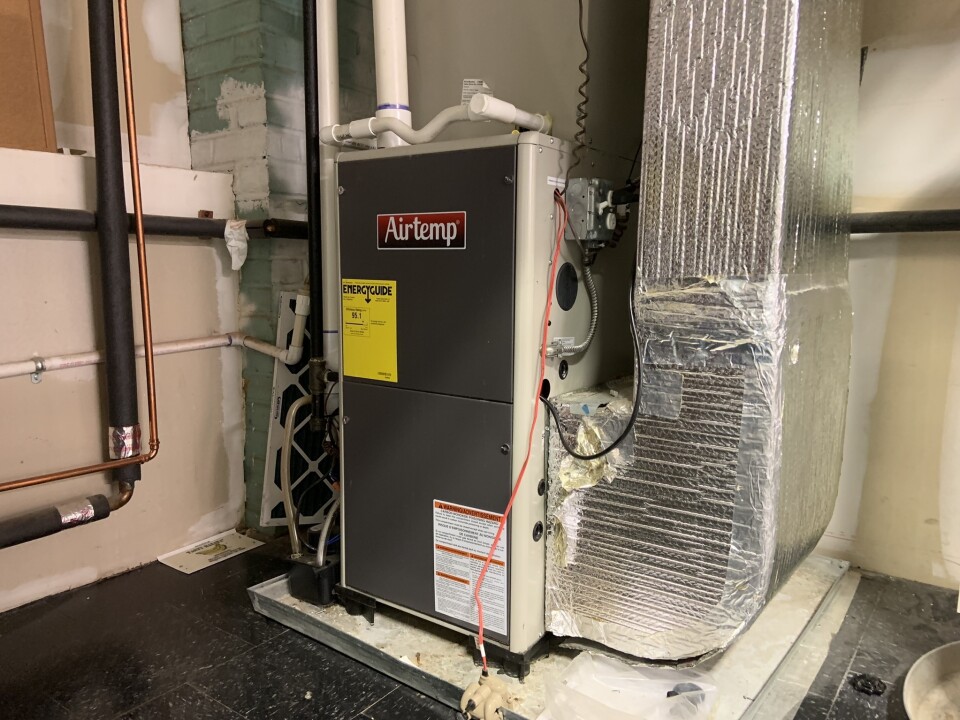Topline:
The Los Angeles County Sheriff’s Department has mostly blocked efforts to investigate misconduct within its ranks, according to the county inspector general, who announced his retirement Tuesday after 12 years on the job.
Why now: In an open letter, Max Huntsman cited examples of how the county has thwarted his efforts to watchdog the department, which in the past has been plagued by accusations that deputies use excessive force and lie on the job. Huntsman said one example is former Sheriff Alex Villanueva’s misuse of criminal enforcement powers to discredit critics, such as opening an investigation into former County Supervisor Sheila Kuehl.
“My requests for investigation were rejected,” Huntsman’s letter reads. “Even after receiving an official subpoena, the Sheriff’s Department has failed to turn over records regarding the improper surveillance.”
He added: “Sometimes members of the public wonder if frightening new surveillance techniques will be used for improper purposes under the guise of criminal investigation. Sadly, the answer is yes.”
County response: Asked to respond, the Sheriff’s Department issued a statement saying it valued the office of the inspector general and all county oversight bodies and that it wished Huntsman and his family well in his retirement. The department said it “continues to make great strides in advancing the Department in a transparent manner.”
LAist also reached out to the county CEO and county counsel for comment, but they declined.
Read on ... for more information on Huntsman's letter.
The Los Angeles County Sheriff’s Department has mostly blocked efforts to investigate misconduct within its ranks, according to the county inspector general, who announced his retirement Tuesday after 12 years on the job.
In an open letter, Max Huntsman cited examples of how the county has thwarted his efforts to watchdog the department, which in the past has been plagued with accusations that deputies use excessive force and lie on the job.
Huntsman said one example is former Sheriff Alex Villanueva’s misuse of criminal enforcement powers to discredit critics, such as opening an investigation into former County Supervisor Sheila Kuehl.
Villanueva was sheriff from 2018 to 2022.
“My requests for investigation were rejected,” Huntsman’s letter reads. “Even after receiving an official subpoena, the Sheriff’s Department has failed to turn over records regarding the improper surveillance.”
He added: “Sometimes members of the public wonder if frightening new surveillance techniques will be used for improper purposes under the guise of criminal investigation. Sadly, the answer is yes.”
Before becoming inspector general in 2013, Huntsman, 60, was a deputy district attorney who specialized in public corruption. He told LAist on Tuesday that the inspector general job wasn’t something he wanted initially.
“I didn’t want to go work for politicians,” he said. “But the need to provide some kind of independent reporting and analysis was significant.”
The Sheriff’s Department issued a statement saying it valued the Office of the Inspector General and all county oversight bodies and that it wished Huntsman and his family well in his retirement.
The department said it “continues to make great strides in advancing the department in a transparent manner.”
LAist also reached out to the county CEO and county counsel for comment, but they declined.
After George Floyd
In the letter, Huntsman says the state of California has come a long way in strengthening the power of local law enforcement oversight bodies, in part because of the 2020 murder of George Floyd by police in Minneapolis.
After widespread protests — and lobbying by Huntsman — the state provided authority to inspectors general to enforce subpoenas requiring law enforcement agencies to hand over documents and authorized external investigation of police misconduct, including deputy gang conduct.
The Sheriff’s Department — backed by county lawyers — has resisted.
“Los Angeles County may not follow those laws, but it will not be able to avoid them forever,” Huntsman wrote. “The county refuses to require the photographing of suspected gang tattoos in secretive groups that the undersheriff has identified as violating state law.”
“Just a few weeks ago, we requested some information regarding an investigation, and a pair of commanders refused to give it to us,” Huntsman said in an interview with LAist.
Origin of the office
The Inspector General’s Office was created by the county Board of Supervisors in 2013 in response to a scandal that included former Sheriff Lee Baca covering up the abuses of jail inmates.
Baca went to federal prison.
Since then, the office has issued dozens of reports with recommendations for improving living conditions inside jails that some have described as “filthy,” stopping abuses of juveniles inside juvenile halls and providing shower privacy for inmates as part of the requirements under the Prison Rape Elimination Act.
“All of these abuses were reported by the Office of Inspector General and recommendations were ignored,” Huntsman wrote. Often, it took court orders to enact change.
“When we first blew the whistle on the torturous chaining of mentally ill prisoners to benches for 36 hours at a time, it was only a court order that ended the practice,” he wrote. “Time and time again, this pattern repeated itself.”
Huntsman wrote the county has permitted the Sheriff’s Department to block oversight and defunded the Office of Inspector General by removing a third of its staff.
“It's not surprising the county has driven out two successive chairs of the Sheriff Civilian Oversight Commission,” he wrote.
“Government always claims to value transparency and accountability, but shooting the messenger is still the most common response to criticism,” Huntsman wrote.
Despite setbacks, Huntsman values work
Huntsman told LAist on Tuesday that he was proud of his career as a public servant.
“I’ve really enjoyed the work and I’m sad to have it end,” he said.
It’s a sentiment he echoed in his letter, adding that despite the setbacks and roadblocks, he was proud of the people with whom he shared the office.
“It has been my honor to work with a talented, brave and tireless group of public servants to ensure that the public knows what its government is doing,” he wrote.
He noted the inspector general’s reports are fact-checked by the office and public.
“When government abuses occur, they are sometimes kept secret, but that is no longer the case for much of what is happening in Los Angeles County,” Huntsman wrote. “What you do about it is up to you.,”
Huntsman’s last day is Friday.











